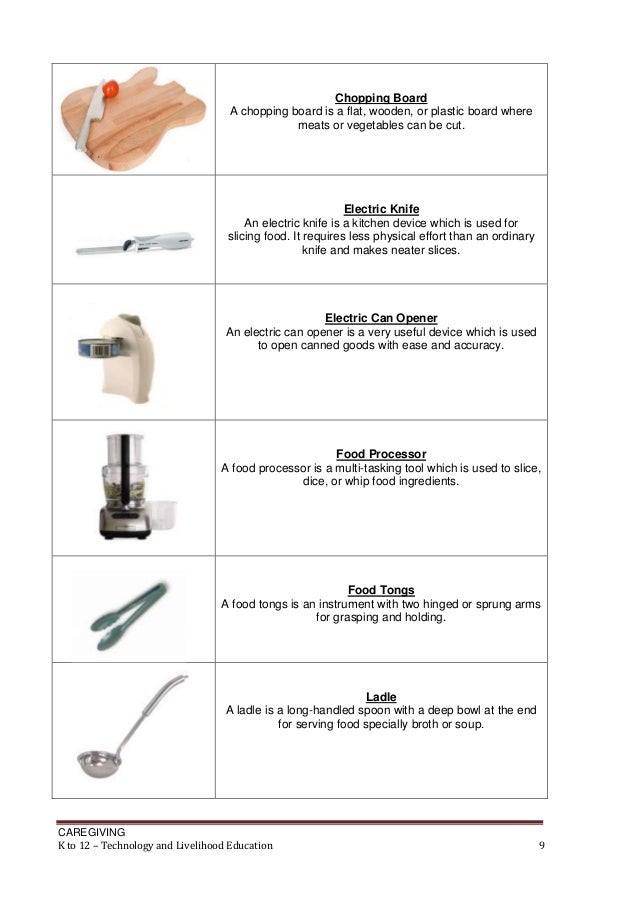Bowel Sound Learning Module In Filipino
Foreword This is essentially an examination of the patient's abdomen; it is also called the gastrointestinal (GI) examination. It is a complex procedure which also includes examination of other parts of the body including the hands, face and neck. The abdominal examination aims to pick up on any gastrointestinal pathology that may be causing a patient’s symptoms, for example: abdominal pain or altered bowel habit. This examination is performed on every patient that is admitted to hospital and regularly in clinics and general practice. Like most major examination stations this follows the usual procedure of: • Inspection • • Auscultation It is an essential skill to master and is often examined in OSCE's.
Vocaloid Download Free Windows. Step 02 The patient should initially be laid on the bed and exposed from the waist up. Begin by making a general inspection of the patient from the end of the bed. You should be looking for: • Whether they are comfortable at rest. • Do they appear to be? • Are there any obvious medical appliances around the bed (such as patient controlled )? • Are there any medications around the bed (although this is unlikely as all medications should be in a locked cupboard)? Each of these should be reported to the examiner.

Abdomen Inspection Skin same color with the rest of the body Bowel sounds Auscultation Clicks or gurling sounds occur irregularly and range from 5-35 per minute Neurology system Level of consciousness Behavior and appearance Inspection Inspection Fully conscious. Hyperactive expresses feelings with response to.

Step 13 Having performed a general examination of the abdomen, you should now feel for, particularly of the liver, spleen and kidneys. Palpation for the liver and spleen is similar, both starting in the right. For the liver, press upwards towards the right. You should try to time the palpation with the patient’s breathing-in as this presses down on the liver. If nothing is felt you should move towards the and try again. A distended liver feels like a light tap on the leading finger when you press down.
If the liver is distended, its distance from the costal margin should be noted. Step 17 Next you should. This can be also be used to check for if it is suspected. Percussion over the abdomen is usually resonant, over a distended liver it will be dull. Percussion can also be used to check for – a sign of.
With the patient lying flat, start percussing from the midline away from you. If the percussion note changes, hold you finger in that position and ask the patient to roll towards you. Again percuss over this area and if the note has changed then it suggests presence of fluid such as in. Siedler 2 Gold Edition Free Download Deutsch more.
A distended bladder will also be dull to percussion and this should be checked for.
Contributors Authors Diane Wrigley, Physician Assistant William French, Author and Medical Educator Editorial Review Dr Barbara Erikson, Auscultation Educator/Author Lung Sounds Publications The publishers and authors have previously created other auscultation books and CDs, including: • Learning Lung Sounds CD, Publisher: 3M Littmann, UPC: 5930 • Prentice Hall Heart and Lung Sounds, Workbook and CD, Publisher: Pearson, ISBN: 003 • Learning Lung Sounds - Web Site Edition, Publisher: 3M Littmann.